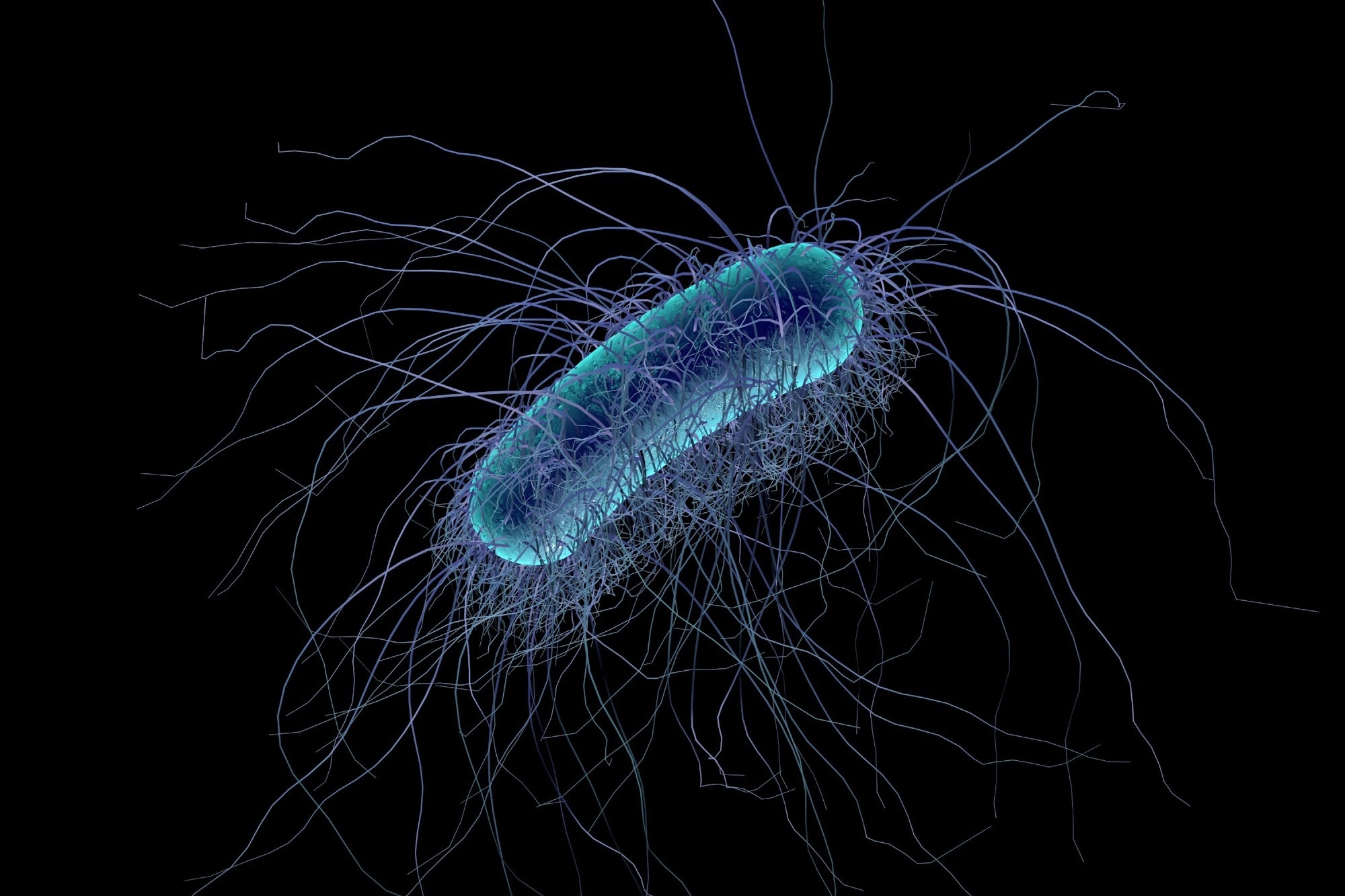In a recent study published in Microbiology, researchers demonstrate that Clostridioides difficile spores exposed to sodium hypochlorite solutions at clinically relevant concentrations remained viable with no morphological changes and could be recovered from patient gowns and surgical scrubs, even after biocide exposure.
 Study: Clostridioides difficile spores tolerate disinfection with sodium hypochlorite disinfectant and remain viable within surgical scrubs and gown fabrics. Image Credit: Kateryna Kon / Shutterstock.com
Study: Clostridioides difficile spores tolerate disinfection with sodium hypochlorite disinfectant and remain viable within surgical scrubs and gown fabrics. Image Credit: Kateryna Kon / Shutterstock.com
Background
Clostridioides difficile, which is an anaerobic, spore-forming, and Gram-positive bacterium, is the leading global cause of antibiotic-associated diarrhea. Antibiotic treatment often leads to the disruption of the gut microbiome and, subsequently, the colonization and growth of C. difficile.
While this is observed in only 4% of adults, the prevalence of C. difficile infections is as high as 70% in children. Furthermore, the symptoms vary from asymptomatic to severe diarrhea and can lead to life-threatening toxic megacolon, pseudomembranous colitis, and even death.
Statistics from the United States and Europe indicate that C. difficile infections cause over 29,000 and 8,000 deaths each year, respectively. Antibiotics such as fidaxomicin, metronidazole, and vancomycin are often used to treat C. difficile infections; however, antibiotic resistance in C. difficile is a growing cause of concern.
Furthermore, the high transmissibility of C. difficile spores, combined with the high reinfection and recurrence rates, as well as resistance to disinfection methods such as desiccation, radiation, ultraviolet (UV) light, and biocides, have made C. difficile infections a serious concern in the healthcare setting.
About the study
In the present study, researchers examine the efficacy of the chlorine-releasing agent sodium hypochlorite as a disinfectant against C. difficile spores. Chlorine-releasing agents are an efficient and low-cost disinfection method used to disinfect surfaces contaminated by feces, blood, or other bodily fluid spills.
Current clinical guidelines in the U.K. recommend the use of chlorine-releasing agents at concentrations of 1,000 parts per million (ppm) for approximately 10 minutes of contact time with the surface potentially contaminated with C. difficile. Of the chlorine-releasing agents used in the healthcare setting, sodium dichloroisocyanurate and sodium hypochlorite are the two most common agents.
However, recent studies, including previous studies by the same team of researchers, have shown that C. difficile spores exhibit resistance against sodium dichloroisocyanurate at 1,000 ppm, thus highlighting the need to test the efficacy of sodium hypochlorite against C. difficile spores.
The researchers also examined the ability of C. difficile spores to be transferred from personal protective equipment (PPE) such as patient gowns and surgical scrubs before and after biocide treatment using a plate transfer assay. To this end, scanning electron microscopy (SEM) was used to determine the presence of C. difficile spores within the fabric of patient gowns and surgical scrubs.
Spores of three strains of C. difficile that were considered clinically relevant were cultured and used in the study. Phase contrast microscopy was used to determine if the spores were pure.
Spores at concentrations of 100 million/ml were exposed to sodium hypochlorite at concentrations of 1,000, 5,000, and 10,000 ppm for 10 minutes. The biocide activity was then neutralized and the spores were inoculated into an agar medium to test for viability.
Pieces of fabric from surgical scrubs or gowns generally used by patients were also treated with C. difficile spores. A plate transfer assay was used to test the transferability of C. difficile spores.
Study findings
The spores from all three clinically relevant C. difficile strains were tolerant to sodium hypochlorite treatment with significant spore recovery rates. Moreover, a reduction of only one log unit in the spores after treatment was observed. Even after treatment with 10,000 ppm of sodium hypochlorite, the reduction in recovery rates was low for all strains.
SEM analysis demonstrated that untreated spores of all three strains exhibited morphological features, such as a smooth outer surface, which is indicative of an exosporium. The visualization of spores after treatment with sodium hypochlorite indicated no change in morphology and no visible damage to the outer architecture of the spore. This suggests that C. difficile spores remained viable and unaltered, even after being treated with sodium hypochlorite at concentrations as high as 10,000 ppm.
The plate transfer assays also showed that C. difficile spores can spread through contact between contaminated PPE fabric and a hydrophilic surface. Furthermore, gowns worn by patients and surgical scrubs can also act as fomites in the transmission of C. difficile spores.
Conclusions
The current study highlights the resistance of C. difficile spores to chlorine-releasing agents like sodium hypochlorite that are routinely used for disinfection of contaminated surfaces in clinical settings. Taken together, these findings emphasize the urgent need to identify alternative disinfection strategies and agents that are effective against C. difficile spores.
Journal reference:
- Ahmed, H., & Joshi, L. T. (2023). Clostridioides difficile spores tolerate disinfection with sodium hypochlorite disinfectant and remain viable within surgical scrubs and gown fabrics. Microbiology 169(11). doi:10.1099/mic.0.001418